Biblical Hebrew: Week 1

Allow me to tell you what I think I know about the Hebrew alphabet.
There are 23 letters in the Hebrew alphabet. Some people say there are 26. And immediately we come upon the main lesson of Week 1: In Biblical Hebrew, there is an alternate opinion, spelling, symbol, and/or pronunciation for just about everything.
Of the 23 letters in the Hebrew alphabet, six of them, when they appear at the beginning of a word, have a dot known as a dagesh. For three of these letters (bet, kof, pey), this dagesh changes the pronunciation. (These are the three additional letters some scholars consider part of the standard alphabet.)
Five letters in the Hebrew alphabet (kof, mem, nun, tsadeh, pey), when they appear at the end of a word, have a different symbol known as a “final form.” Pronunciation does not change.
The Hebrew alphabet contains no vowels. Three letters (heh, vav, yod) were, at one point in the history of Hebrew, used as both consonants and vowels. Later, a series of dots and dashes were used to represent vowel sounds, but because the written text was considered sacred, these consonants-used-as-vowels could not be removed, and two of these letters (vav and yod) were simply incorporated into the new vowels.
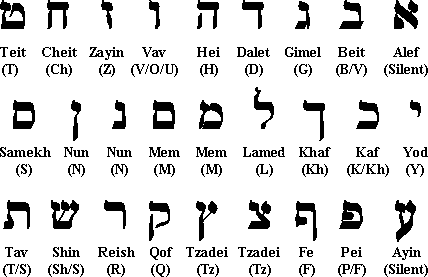
From www.jewfaq.org/alephbet.htm. Just for the record, about half the names of these letters are spelled differently than how I learned them. There are also 27 letters here (The 5 final forms are listed and shin is listed as one letter rather than two like I learned.)
There are 12 standard vowel points. Three of these (hireq, tsere, holem) have two forms either with the historical consonant or without. There are several names for each form. Of these, one of them (at least as we are going to learn in this particular class) changes sound. Hireq plene (a.k.a. hireq yod), which is a yod with 2 horizontal dots under it, makes an “ee” sound; hireq (a.k.a. hireq defectiva), which is the two horizontal dots without the yod, makes a short “i” sound.
I could go on for a long time about the intricacies of Hebrew vowel points, but let me shift to one final piece. in addition to vowel points, there is also something called Shewas (pronounced “shwahs”) represented by two vertical dots under the letter symbol. There is a vocal shewa that makes a slight grunting sound, and a silent shewa that makes no sound at all, but represents the “closing” or end of a syllable. I think there’s something else that represents the end of an open syllable (one that ends in a vowel) but I haven’t gotten that far yet. There are five letters in the Hebrew alphabet (ayin, aleph, heh, het, resh) that do not take regular shewas. They take composites that contain both a shewa (two vertical dots) and either a patah, segol, or qamatz (which are three of the standard vowel points.)
So in summary, The Hebrew alphabet contains approximately 23 letters, 6 alternate beginnings (3 which change sound), 5 final forms, and 5 that take composite vowel symbols. There are 12 vowel points, 2 shewas and 3 composite shewas. There are duplicate sounds, duplicate symbols, and alternate names and pronunciations. But once you get that down, you’ve got the Hebrew alphabet.
Piece of cake.
There are doubtless many different languages in the world, and none is without meaning, but if I do not know the meaning of the language, I will be a foreigner to the speaker and the speaker a foreigner to me (1 Corinthians 14:10-11).
1 Comments
Leave a Comment
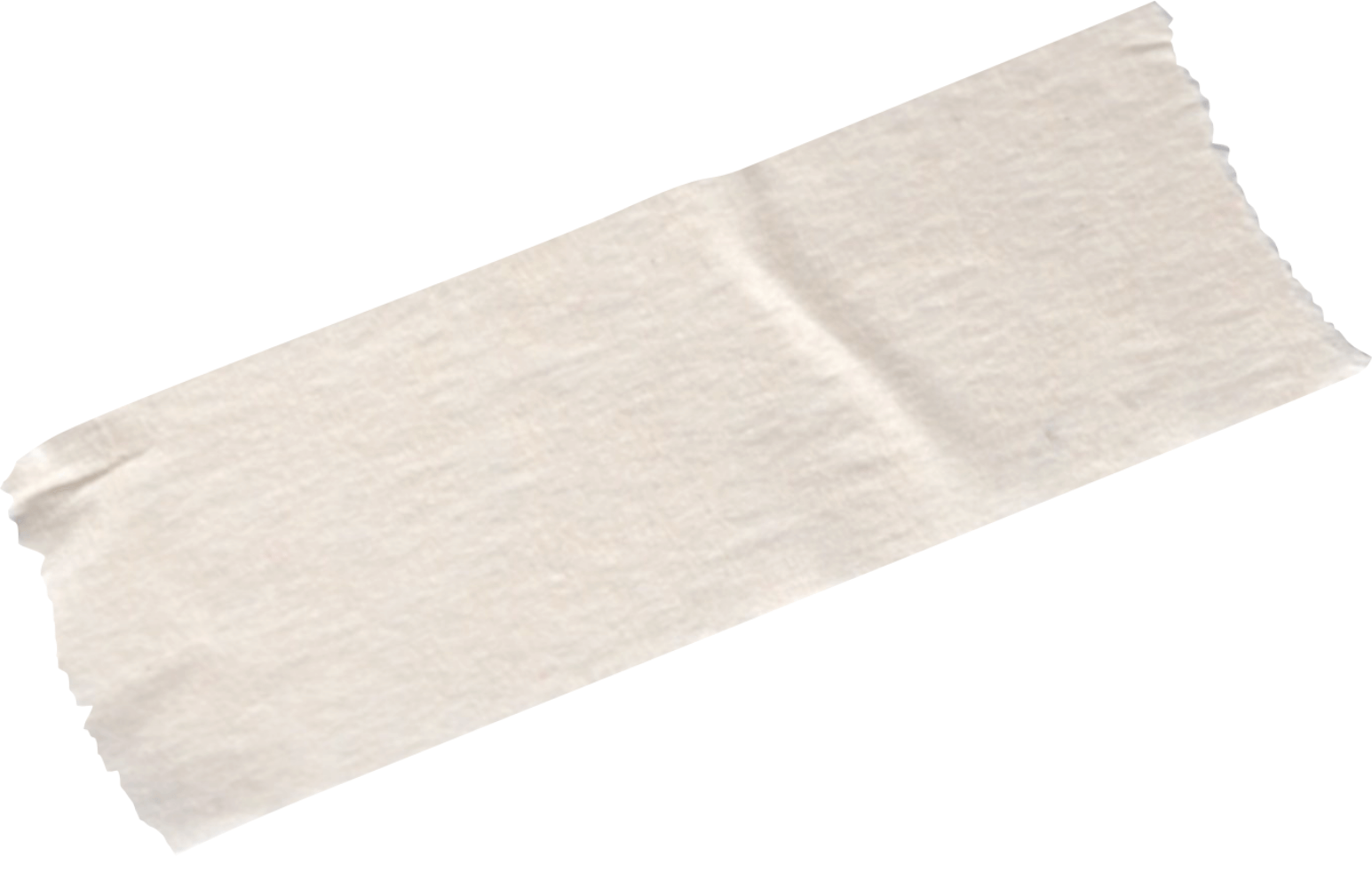
Search the Blog
Categories
Join the email list to receive the latest post and occasional exclusives
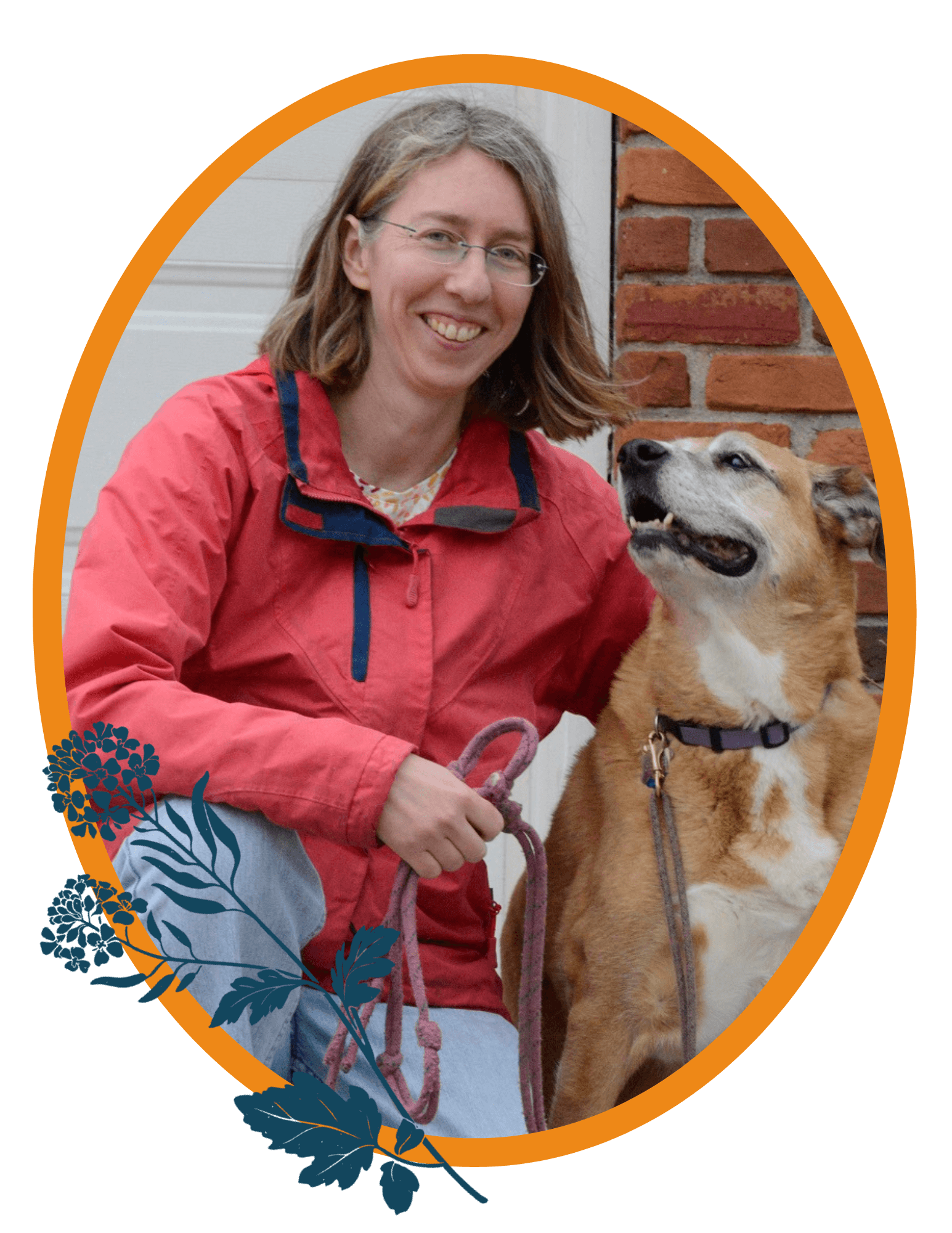
Meet Janet!
Janet Beagle, PhD is the founder of The Mustard Patch. She divides her time between the Midwest and New England, and if she’s not writing, she’s probably out hiking with her 2-and 4-footed friends.

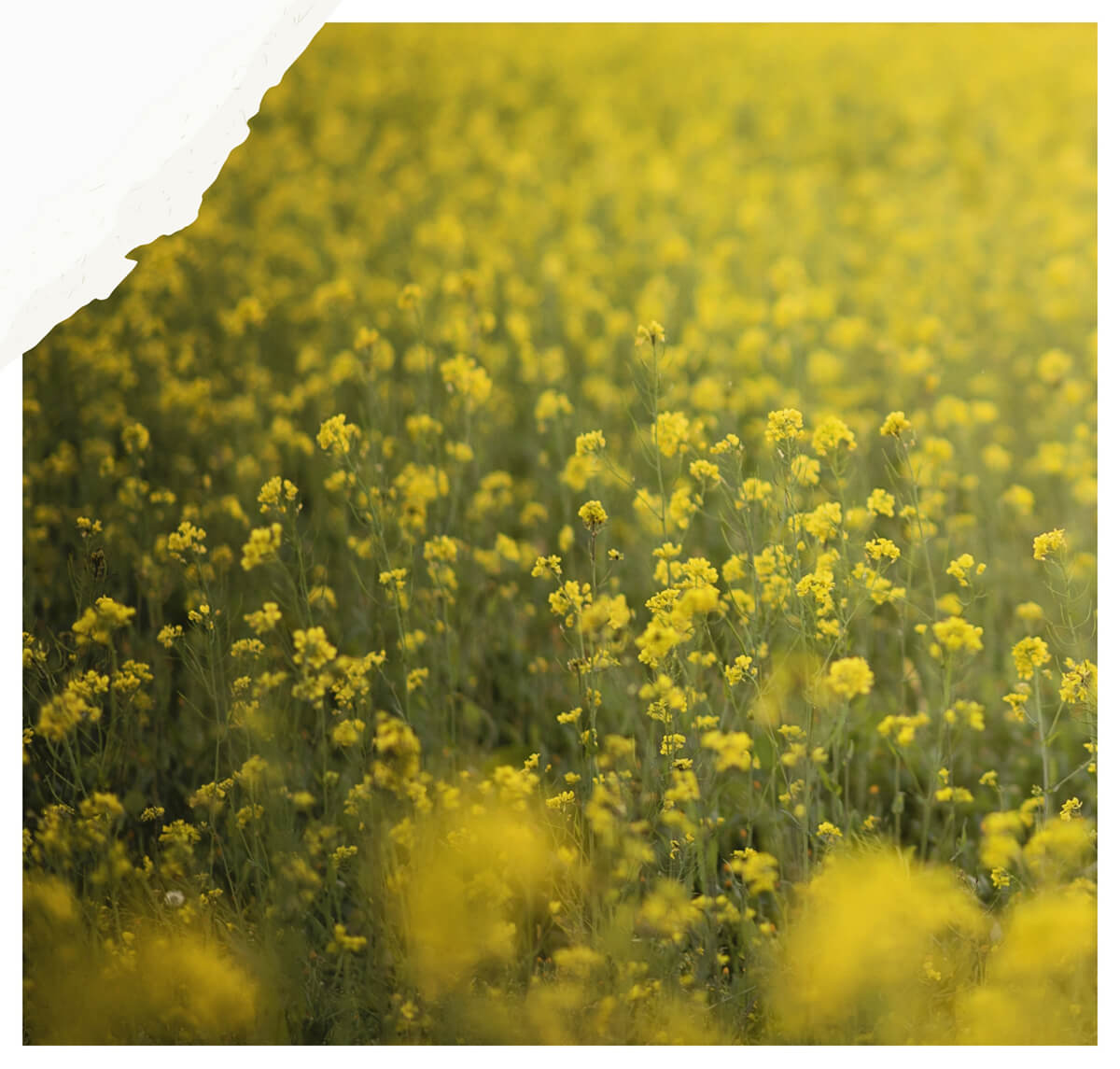
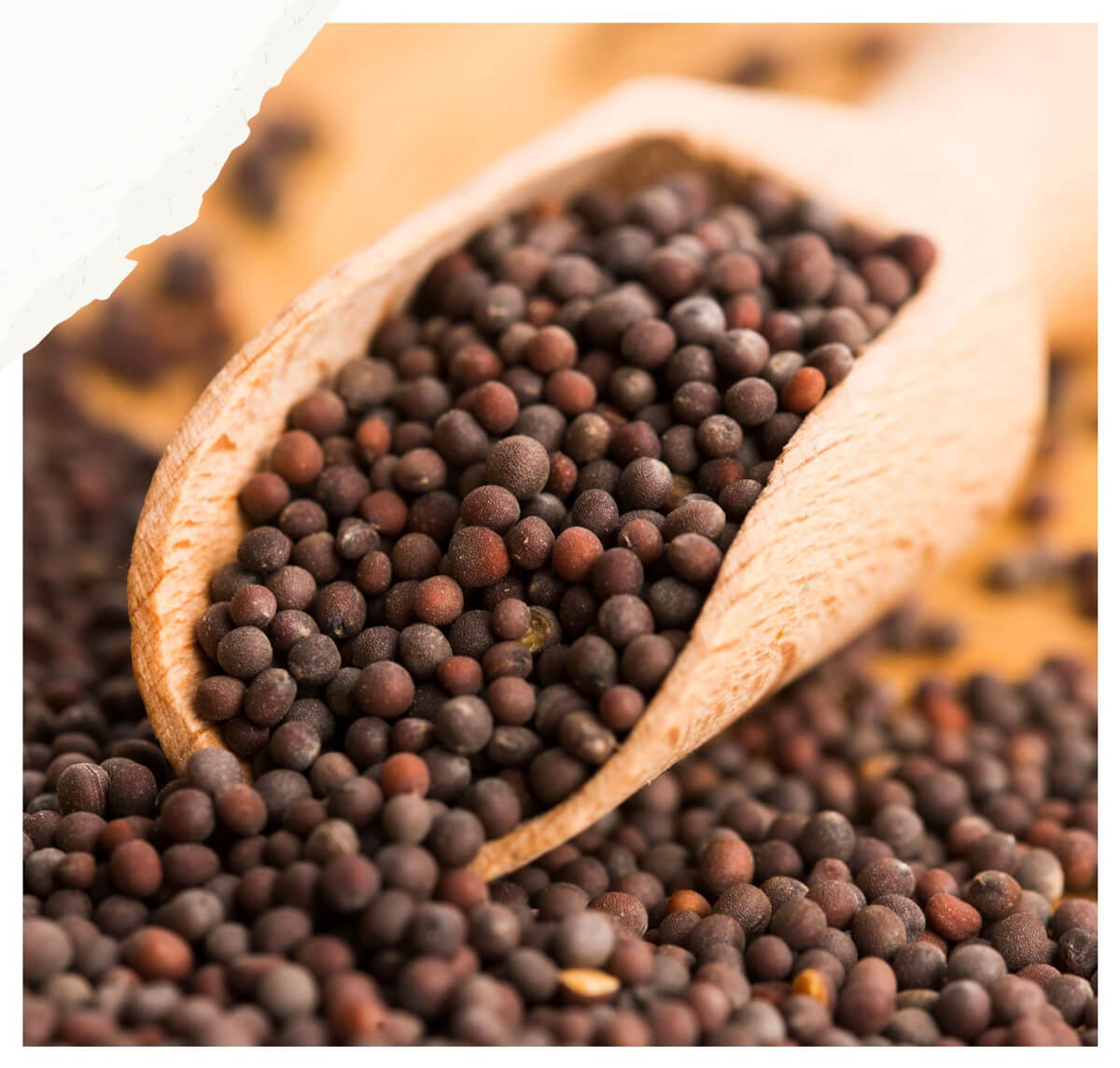

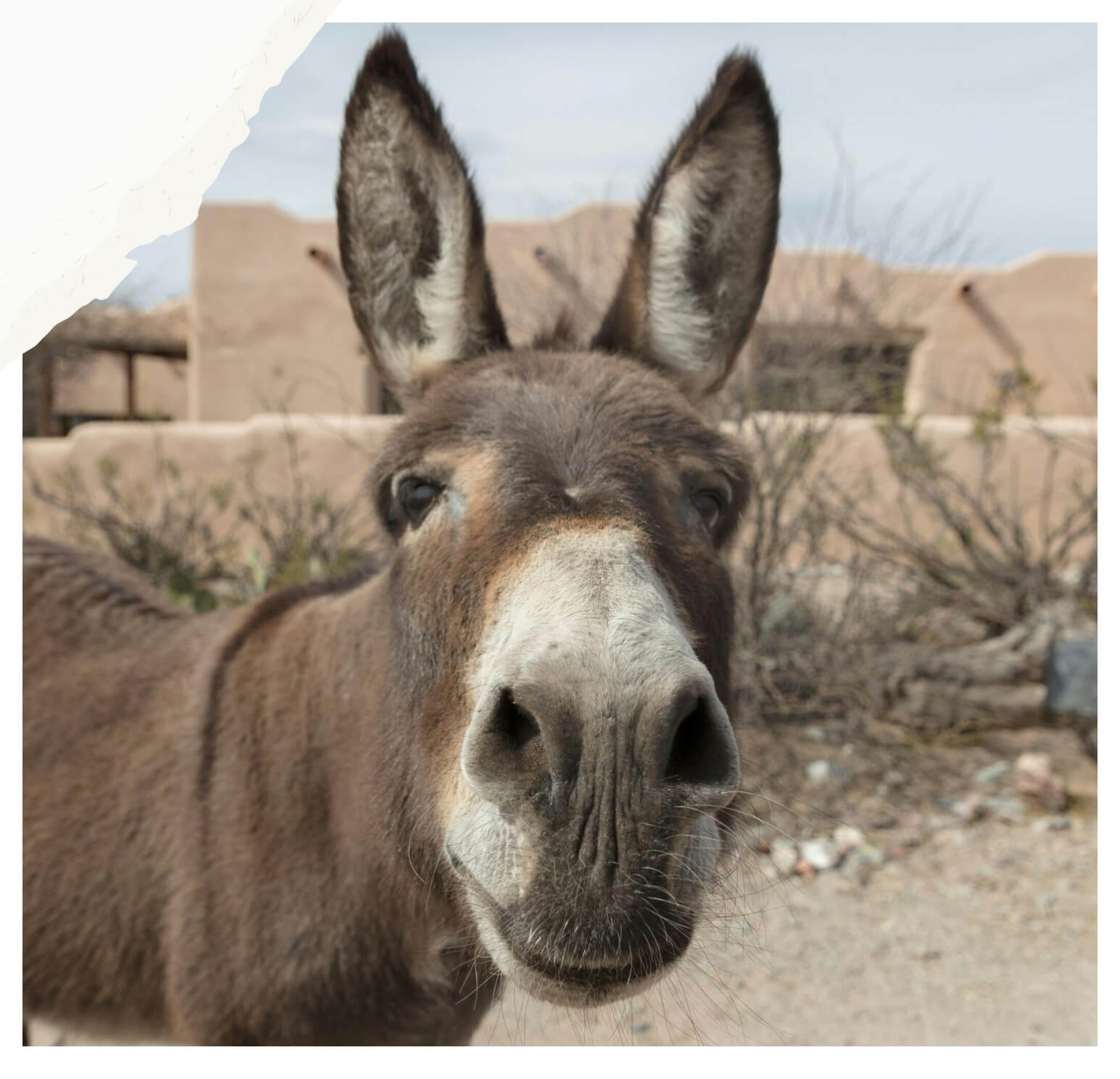

I am happy to concede the learning of this language to you! Bueno suerte!